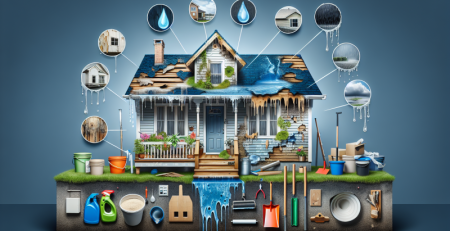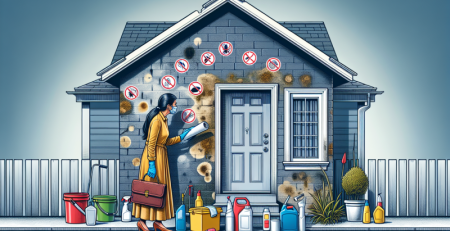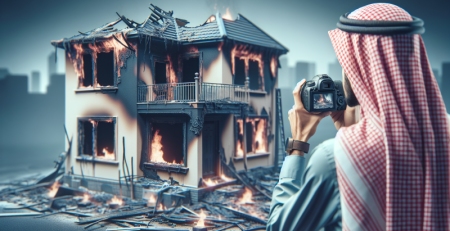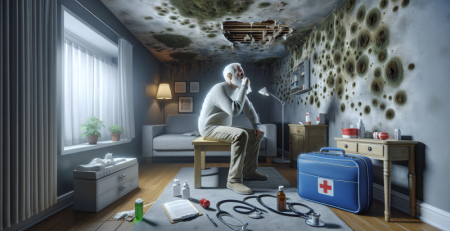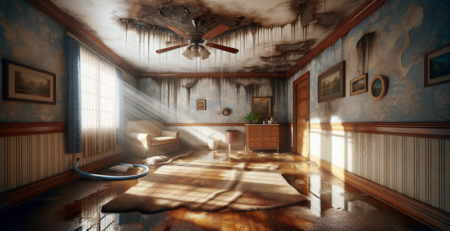Signs of Mold in Newly Renovated Homes
Discovering signs of mold in newly renovated homes can be both surprising and concerning for homeowners. While renovations are meant to improve your living space, hidden moisture issues or improper construction practices can lead to mold growth—even in brand-new interiors. Mold in renovated homes often goes unnoticed until it becomes a serious problem, affecting indoor air quality and potentially causing health issues. At Kraus Restoration, NJ’s leaders in water, mold, and fire damage restoration, we understand how crucial it is to identify early warning signs of mold. Our IICRC-certified experts offer 24/7 emergency services and rapid response throughout Central and Northern NJ. Whether you’re dealing with musty odors, visible mold patches, or unexplained allergy symptoms, our team is here to help. Call us today at (973) 886-2021 to schedule an inspection and protect your investment from hidden mold damage.
Musty Odors That Linger
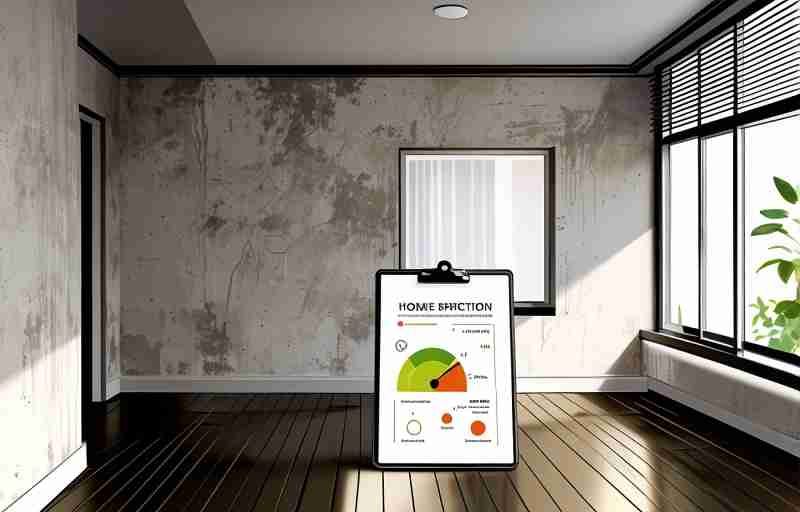
A persistent musty odor in a newly renovated home is often one of the earliest and most overlooked signs of hidden mold growth. While fresh paint and new materials may temporarily mask these smells, they tend to resurface, especially in areas with poor ventilation or recent water damage. This earthy, damp scent is typically caused by microbial volatile organic compounds (MVOCs) released by mold as it grows and spreads.
According to the Environmental Protection Agency (EPA), mold can begin to grow within 24 to 48 hours in moist conditions, making it a common issue in homes that have experienced leaks or flooding during renovation. Even if visible signs are absent, a lingering musty smell should not be ignored. It often indicates mold colonies thriving behind walls, under flooring, or within HVAC systems.
“If you can smell mold, a health risk may be present even if you cannot see it,”
warns the CDC, emphasizing the importance of early detection and remediation.
Common sources of musty odors in renovated homes include:
- Improperly dried construction materials
- Hidden leaks behind new drywall or cabinetry
- Unsealed basements or crawl spaces
To address these issues, professional inspection and remediation are crucial. Explore our expert mold cleanup solutions to ensure your home remains safe and healthy. Learn more about our comprehensive services designed to detect and eliminate mold at its source.
For further reading on mold and indoor air quality, visit the EPA’s Mold Resources page: [https://www.epa.gov/mold](https://www.epa.gov/mold).
Visible Discoloration on Walls or Ceilings
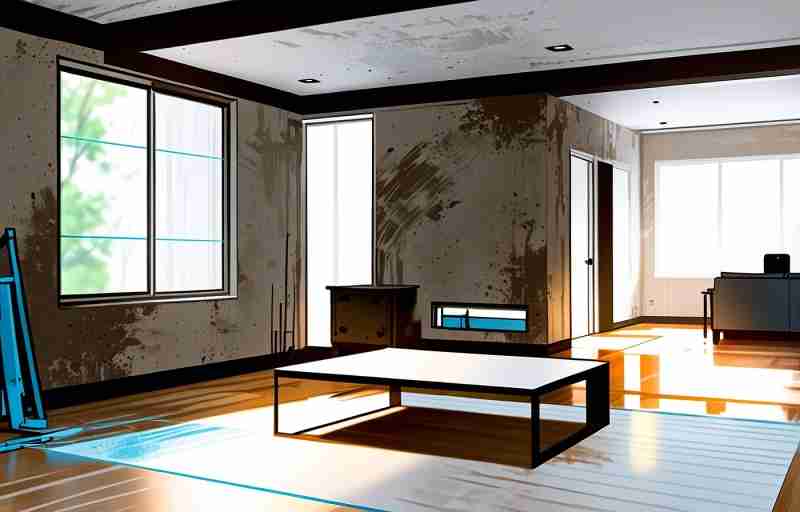
One of the most common and easily noticeable signs of mold in newly renovated homes is the appearance of unusual discoloration on walls or ceilings. These stains often present as green, black, brown, or even yellow patches and may appear fuzzy or slimy in texture. While some homeowners might mistake these marks for dirt or water damage, they are often early indicators of mold growth, especially in areas with poor ventilation or recent water exposure.
Mold thrives in damp, humid environments, making bathrooms, kitchens, and basements particularly vulnerable. Even after a renovation, hidden moisture from leaks or improper sealing can create the perfect breeding ground for mold. If discoloration is accompanied by a musty odor or worsening indoor air quality, it’s crucial to take immediate action.
Ignoring these signs can lead to more serious structural damage and health risks, including respiratory issues and allergic reactions. Professional assessment and remediation are essential to ensure the problem is thoroughly addressed. At Kraus Restoration, we specialize in comprehensive mold cleanup services designed to protect your home and health.
To learn more about our full range of services or to speak with a specialist, don’t hesitate to contact us today. Early detection and prompt action can save you time, money, and stress in the long run.
Peeling Paint or Wallpaper
One of the most overlooked yet telling signs of mold in newly renovated homes is the sudden appearance of peeling paint or wallpaper. While it might be tempting to attribute this issue to poor workmanship or humidity, it often signals a deeper problem—hidden moisture and potential mold growth behind the walls. Mold thrives in damp, poorly ventilated areas, and even a small leak or condensation buildup during or after renovation can create the perfect environment for it to flourish.
When paint begins to bubble or wallpaper starts to lift, it’s often due to moisture trapped beneath the surface. This moisture can originate from plumbing leaks, roof damage, or improper sealing during the renovation process. If left unaddressed, it can lead to extensive mold contamination, compromising both the structural integrity of your home and the health of its occupants.
Identifying and addressing the root cause early is crucial. Professional mold remediation services can help eliminate the problem at its source. At Kraus Restoration, we offer comprehensive mold cleanup solutions tailored to your specific needs. Our team also specializes in water cleanup, ensuring that any moisture issues are thoroughly resolved to prevent future mold growth.
If you notice signs like peeling finishes in your newly renovated space, don’t ignore them. Reach out to our experts to assess the situation and protect your investment.
Increased Allergy or Respiratory Symptoms
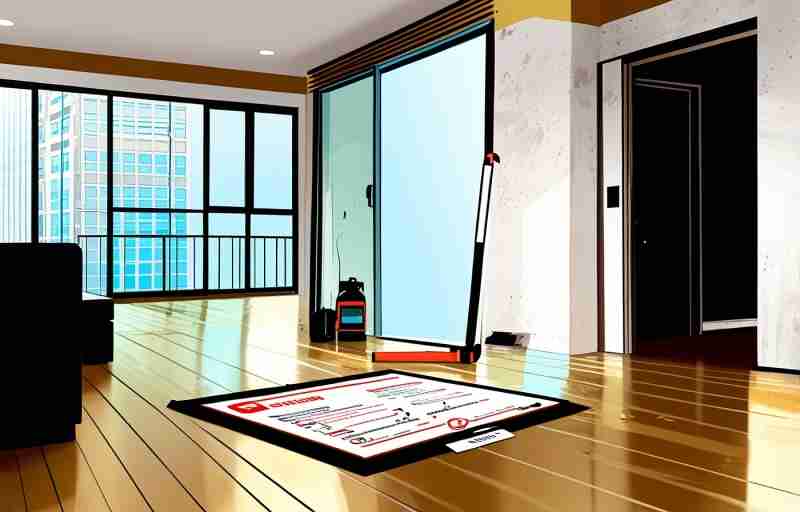
One of the most common and concerning signs of mold in newly renovated homes is the sudden onset or worsening of allergy or respiratory symptoms. If you or your family members begin experiencing sneezing, coughing, nasal congestion, itchy eyes, or shortness of breath after a renovation, mold could be the culprit. Mold spores can become airborne and easily inhaled, triggering allergic reactions or aggravating existing respiratory conditions like asthma.
Renovation projects often involve disturbing hidden moisture pockets or introducing new materials that may not have been properly dried or sealed. These conditions create an ideal environment for mold growth, especially in areas like basements, bathrooms, or behind walls. If symptoms persist or worsen indoors and improve when you leave the house, it’s a strong indicator that mold may be present.
To address these issues effectively, it’s essential to consult professionals who specialize in mold cleanup. They can conduct thorough inspections and implement safe removal strategies to restore a healthy indoor environment. You can also explore our wide range of services to ensure your home remains safe and mold-free after any renovation. Don’t ignore the warning signs—early detection and remediation are key to protecting your health and your home.
Warped or Buckling Flooring
One of the more subtle yet serious indicators of mold in a newly renovated home is flooring that appears warped or buckled. While it might be tempting to attribute this to poor installation or humidity, it’s often a sign of hidden moisture—an ideal breeding ground for mold. Mold thrives in damp, enclosed spaces, and when moisture becomes trapped beneath floorboards, it can cause them to swell, lift, or distort over time. This is especially common in areas like kitchens, bathrooms, or basements where water exposure is frequent.
If you notice uneven surfaces, soft spots, or a musty odor near the affected flooring, it’s crucial to investigate further. These symptoms often point to underlying water damage that may have occurred during or after the renovation process. Left unaddressed, mold can spread quickly, compromising both the structural integrity of your home and the health of its occupants.
Professional assessment and remediation are essential to prevent further damage. At Kraus Restoration, we specialize in comprehensive mold cleanup and water cleanup services designed to tackle the root of the problem. Whether you’re dealing with minor flooring issues or more extensive damage, our team is equipped to restore your home safely and efficiently. Learn more about our full range of services or contact us today for a consultation.
Condensation on Windows or Walls
Excess moisture accumulating on windows or walls in a newly renovated home can be an early warning sign of mold growth. While some condensation is normal, especially during colder months, persistent or excessive moisture often indicates poor ventilation or hidden water leaks—both of which create ideal conditions for mold to thrive. Renovations may unintentionally seal off airflow or trap humidity, especially if insulation or vapor barriers were improperly installed. This trapped moisture can lead to mold forming behind walls, under flooring, or around window frames.
Homeowners should pay close attention to foggy windows, damp patches on walls, or peeling paint, as these are common indicators of underlying moisture problems. If left unaddressed, mold can spread quickly and compromise indoor air quality, potentially leading to health issues such as allergies or respiratory problems.
To prevent mold after a renovation, it’s essential to ensure proper ventilation and address any signs of water intrusion immediately. Professional inspection and remediation may be necessary if mold is suspected. At Kraus Restoration, we specialize in comprehensive mold cleanup and moisture control solutions tailored to your home’s needs. Explore our full range of services to learn how we can help protect your investment. For more information or to schedule an assessment, feel free to contact our team today.
Unexplained Stains or Water Marks
Noticing mysterious stains or water marks on walls, ceilings, or floors in a newly renovated home can be a red flag for hidden mold growth. These discolorations often indicate moisture intrusion, which creates the perfect environment for mold to thrive. Even if the renovation appears flawless on the surface, underlying issues such as leaky pipes, poor ventilation, or improperly sealed windows can lead to water accumulation behind walls or under flooring.
Mold often grows in areas that remain damp for extended periods, and water stains are one of the earliest visible signs. These marks may appear yellow, brown, or even greenish, and they can spread over time if the source of moisture isn’t addressed. In some cases, the mold may already be active behind the surface, posing health risks and potentially damaging the structural integrity of your home.
If you observe such stains, it’s crucial to act quickly. Professional inspection and remediation services can help identify the source of moisture and eliminate mold before it spreads. At Kraus Restoration, we specialize in comprehensive mold cleanup and water cleanup solutions to protect your home and health. Explore our residential design projects to see how we restore and safeguard living spaces. Don’t let hidden mold compromise your renovation—take proactive steps to ensure a safe, clean environment.
In conclusion, while newly renovated homes often promise a fresh start, it’s essential not to overlook the potential presence of mold. Signs such as musty odors, visible discoloration, persistent allergies, or unexplained moisture should never be ignored. Early detection and prompt action can prevent health issues and costly repairs down the line. By staying vigilant and conducting thorough inspections, homeowners can ensure their renovated space remains safe, healthy, and truly refreshed.


